Writer and interfaith activist Saadia Faruqi has launched an amazing new children’s book series, Meet Yasmin. altM’s Asma Uddin sat down with her to talk about her inspiration for the series and her path to success.
altM: Saadia, welcome to altM. You’ve written some really wonderful pieces for us in the past, and it’s awesome to see your career as an author really taking off. Can you start by telling us what inspired the Yasmin book series?
Saadia: Hey, Asma! Thank you, it’s always a pleasure to work with you guys, and thank you for supporting my work!
My daughter initially gave me the idea by pointing out the lack of books about brown characters. She was in kindergarten at that time, and wasn’t enjoying the books I was bringing home for her from the library. They were all stories about white kids, and there was certainly not any Muslim main characters in mainstream stories, anyone she could identify with and be proud of.
altM: What did it take to get to where you are now – was it hard to break into this space and get mainstream coverage?
Saadia: I didn’t find it extremely difficult to break into mainstream publishing. It’s a good time for diverse stories to get attention for sure, publishers and agents are all searching for such books because there is a demand and visibility. I wrote a couple of other manuscripts that got rejected before writing the Yasmin series, but any writer will tell you that is very standard. We all go through rejection before being accepted, and I took my rejections as learning opportunities.
altM: Who is Yasmin? Is she based on a character in your life? Who do you want her to be to your young readers?
Saadia: Yasmin is mostly based on my daughter, in terms of personality and appearance. I remember sending the illustrator Hatem Aly a head-to-toe description of her down to what colors she likes, and her style of clothes, and the multiple bracelets on her arms! I think Yasmin will appeal in those ways to all her readers. Many girls that age are attracted to bling, and they definitely all so through the same situations and struggles that Yasmin goes through. I want Yasmin to be a friend, a mirror almost, to all the little girls who read about her.
altM: I notice that the content of the books isn’t overtly religious – we see Yasmin’s mother in and out of her headscarf, and other family members who wear the headscarf, too (not to mention some colorful South Asian clothing and fun recipes, too!). We see a poster of Malala on Yasmin’s wall. And we meet characters with Muslim names. But there’s nothing particularly Muslim in the stories or dialogue. In general, it seems to be a subtle, almost natural normalizing of diversity, an accurate reflection of what America looks like and an appreciation of America’s global makeup. Can you tell us how you negotiate the Muslim element especially and diversity more broadly in your writing/illustrations?
Saadia: You hit the nail on the head! The entire premise of this series is that although Yasmin’s family is Muslim (and South Asian), they are everyday Americans as well. Religion and culture are seamlessly woven into the story, just like they are in real life. Too many times books about Muslim characters are “issues” books, which is important because conversation around those issues is needed, but it results in further otherizing Muslims. I wanted kids to realize that their Muslim friends are just the same as them, and this is something I talk about when I visit schools as well. Just because someone speaks a different language at home, or their mother covers her head, or they eat a food you’ve never seen before, doesn’t mean they are any different than you.
altM: Has your publication received a lot of media attention? What have been some of your favorite features?
Saadia: Yes! I am so grateful and humbled to see the attention the Yasmin series has been getting! It received starred reviews from Kirkus and School Library Journal, and it was a fall 2018 Junior Library guild selection. There have been interviews in the LA Review of Books, Bookriot and so many others. It’s always such a rush to see the media attention, and honestly much of it has been because of Hatem Aly’s phenomenal illustrations. But the real test of the series has been the reactions from children, the readers themselves, and it has been amazing!
altM: How do you select the “roles” Yasmine takes on, like explorer, fashionista and so on?
Saadia: It’s very random. My children help me with brainstorming ideas for new books, and many of the situations Yasmin finds herself in are actually ones my daughter has found herself in too. So we come up with lots of different ideas based on experience and imagination, and then we pare it down to several that I discuss with my editor. It’s important for me to have a variety of jobs for Yasmin to try out, especially less traditional ones, and ones that teach kids the power of creativity and ingenuity in every aspect of life.
altM: Why did you decide to shift from writing for adults to writing for children? Tell us about this transition. What unique challenges did you face when writing for kids versus adults?
Saadia: I haven’t shifted. I write both children’s and adult fiction, except that the ones that seem to be getting attention right now are all books for younger readers. Right now I’m also working on a short story collection about refugees in Texas. I like writing for kids, however, because there is more of a collaborative effort between different areas of the publishing industry. The way that the design team works with me and my editor for Yasmin has been an eye opener. Other children’s writers are also very helpful and welcoming, so being part of that community has been really wonderful. The most challenging thing for me has been to keep the stories clean. I tend to write adult characters who are very flawed, and writing for kids has meant cleaning up my act significantly!
altM: What vision did you have for the illustrations that accompany the writing? How did you partner with this particular illustrator?
Saadia: I usually write art notes on my manuscripts, so that the design team can have some idea of what I’m envisioning to accompany the text. The illustrator for the Yasmin series is Hatem Aly, who is really great at his job as well as understanding what I need in cultural or religious terms. His art is so eye-catching that kids are drawn to it immediately. He and the design team also wanted to make sure that we offered something of value to the adults who are reading the books aloud to their children or students. For example, he’s peppered the pictures with Pakistani symbols such as the Junoon poster in Mama’s closet, and the miniature rickshaw in a corner of the living room, and the picture of Shah Fasial Mosque elsewhere. Just little things that give a nod to Yasmin’s family heritage without taking over the story.
altM: Are there any children’s books’ authors who inspired you and who you’d recommend to our readers?
Saadia: Hena Khan has inspired me to write stories that are true to the Muslim experience without preaching. I also like Sheba Karim and G. Willow Wilson for their pioneering work in fiction portraying Muslims as viable and likeable main characters. What’s interesting is that there are so many Muslim writers who haven’t broken into traditional publishing but are an important part of the self-published cannon called Islamic fiction.
Asma Uddin is the founding editor-in-chief of altM.

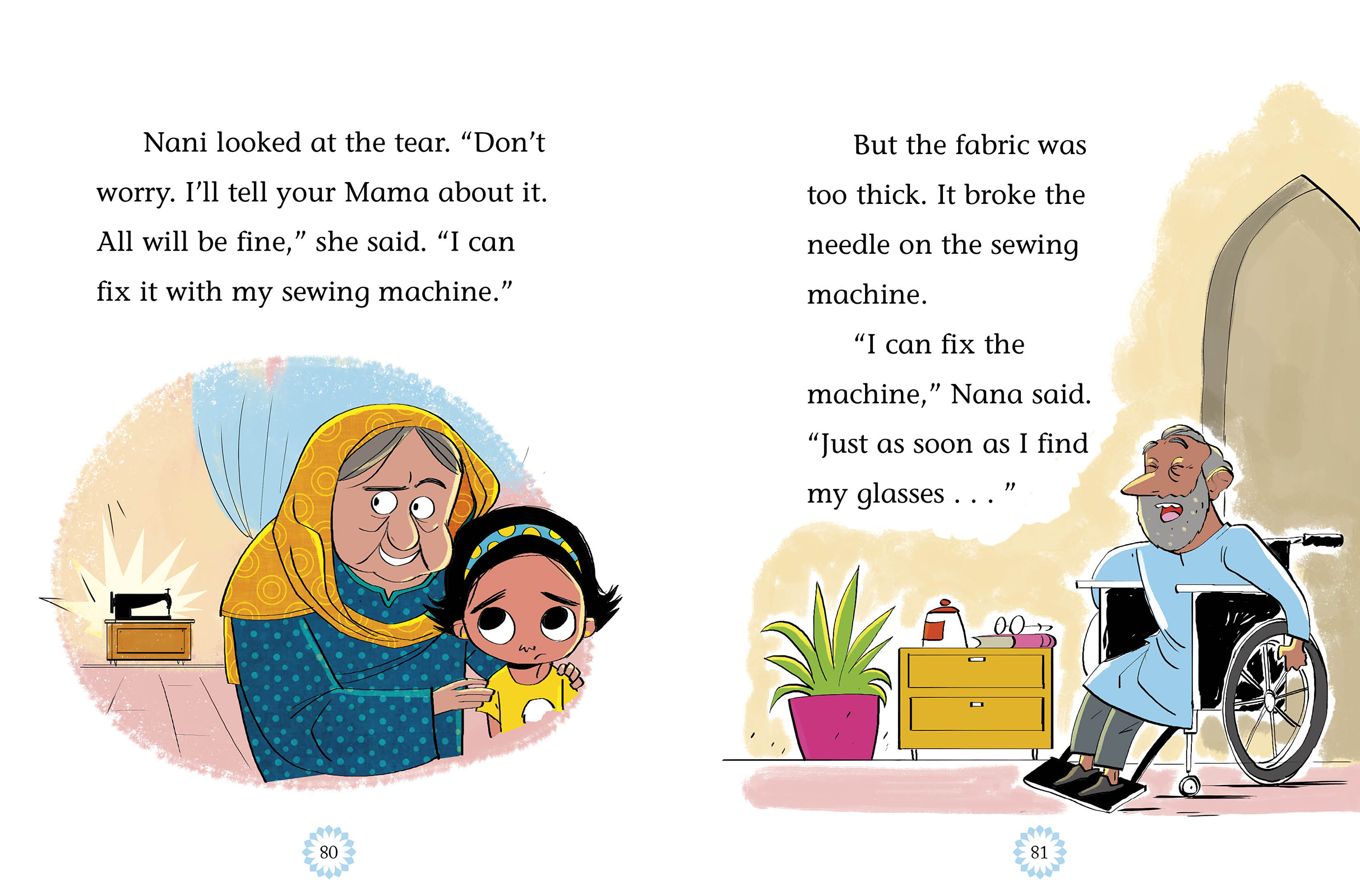
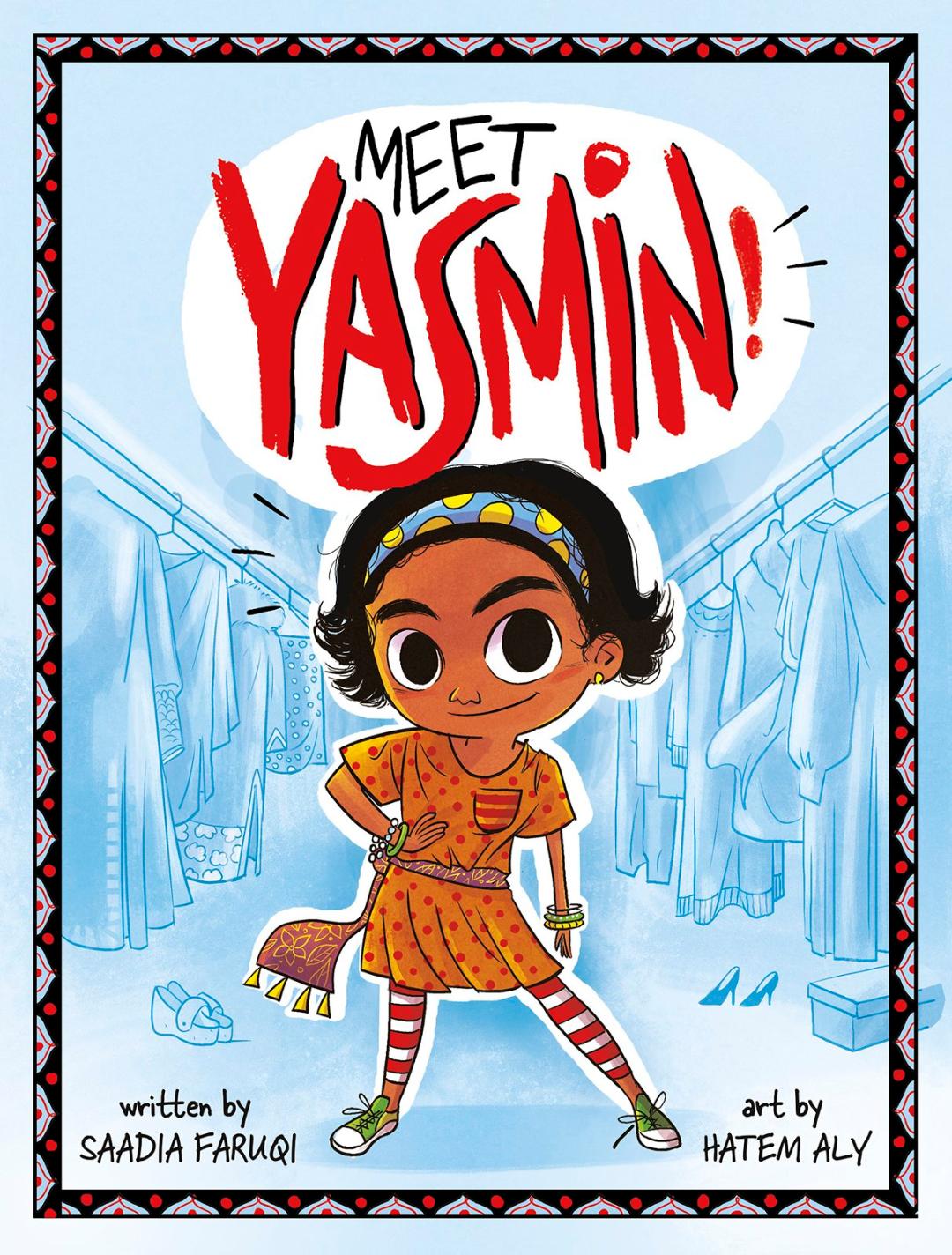
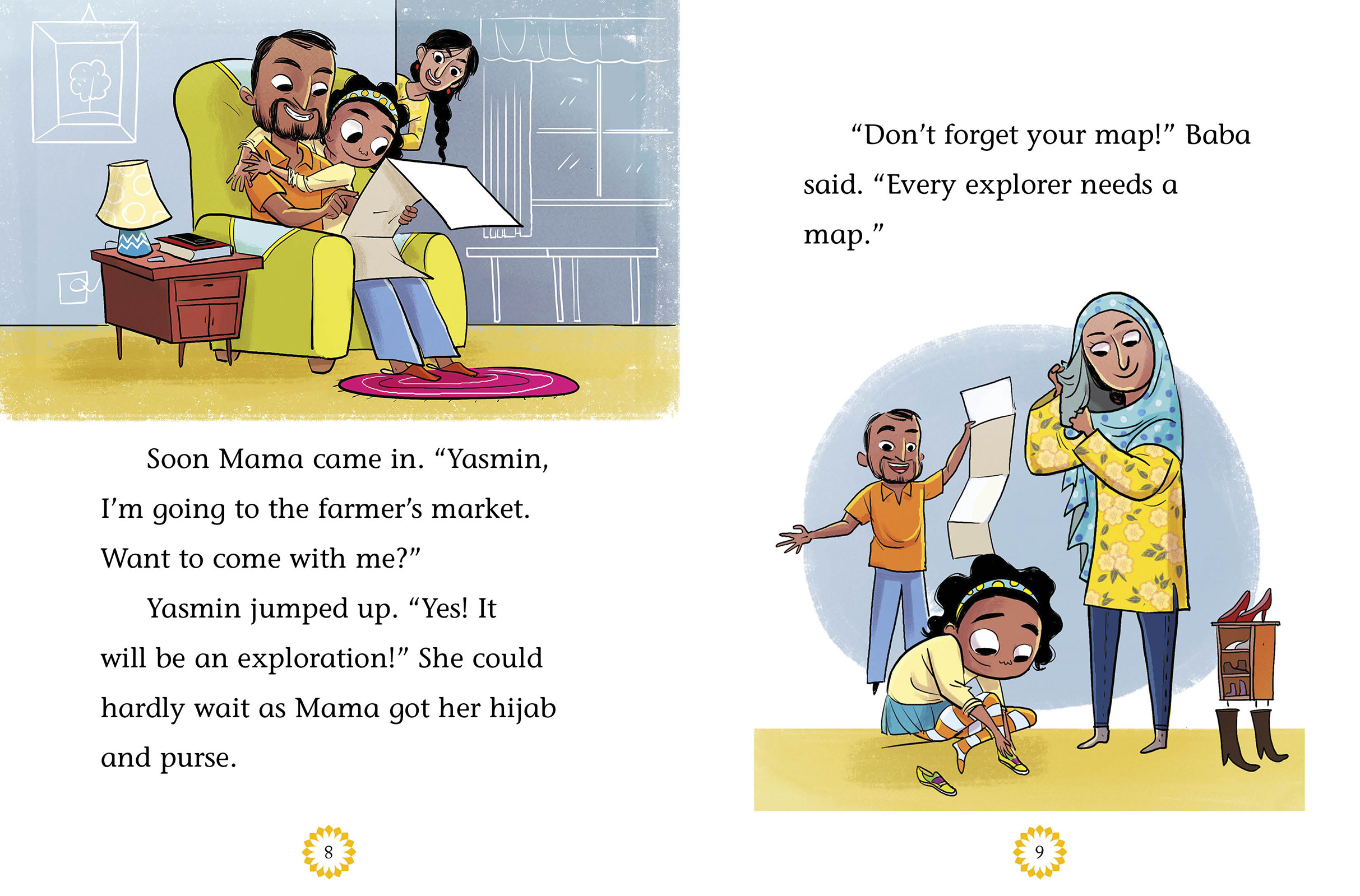
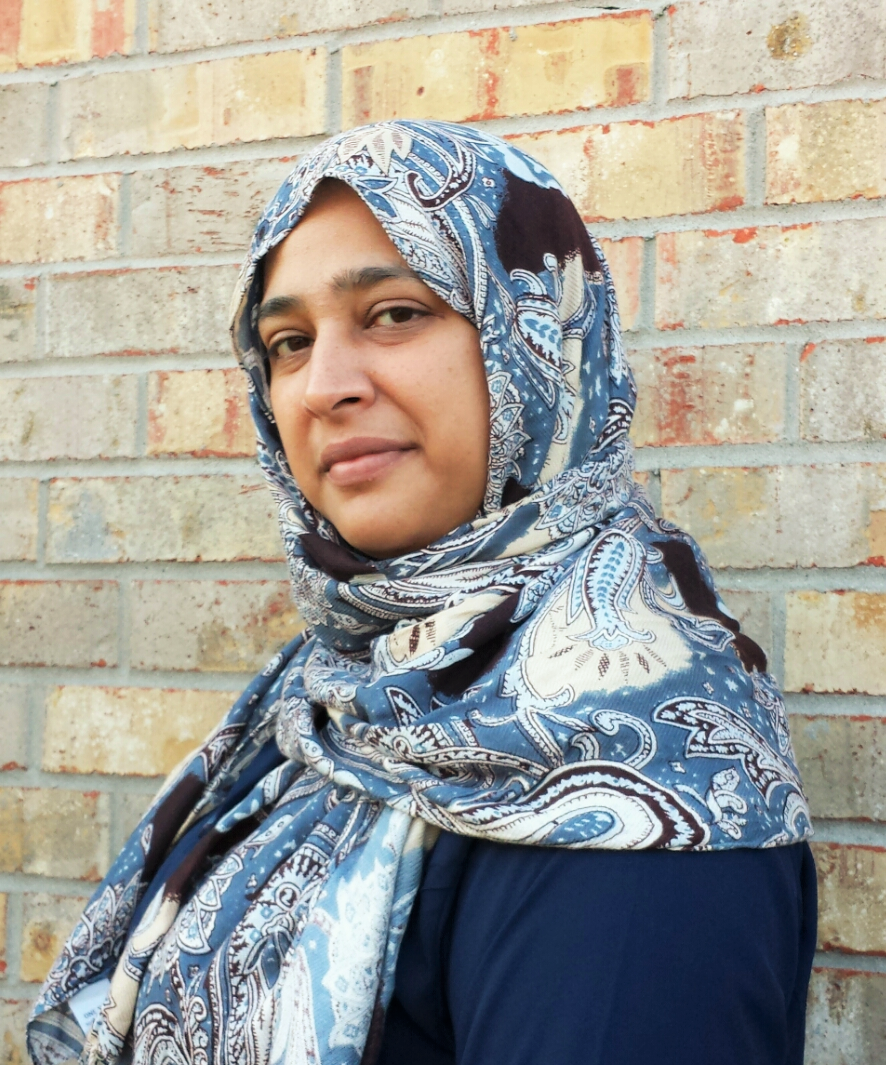

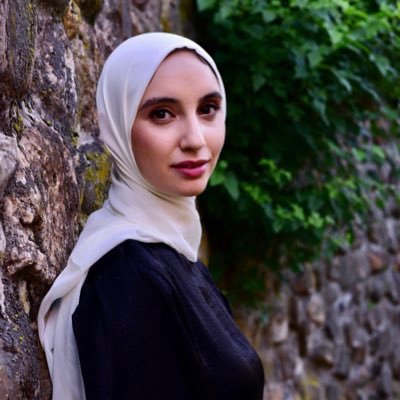

1 Comment